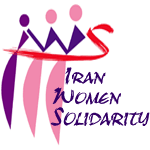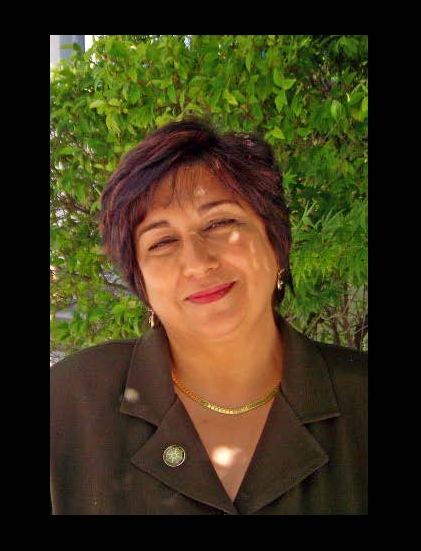In October 2008 in Tehran, an Iranian man was taken away for not paying a mehrieh, a payment made in the event of a divorce.
But in a sign of the Iranian authorities’ increasing concern about Iran’s shifting social landscape, Marriage Day, as it is usually known in Iran, this year was renamed No Divorce Day. Iran’s justice minister decreed that no divorce permits would be issued.
Whether the switch was effective or not, the officials’ concerns are understandable. Divorce is skyrocketing in Iran. Over a decade, the number each year has roughly tripled to a little more than 150,000 in 2010 from around 50,000 in 2000, according to official figures. Nationwide, there is one divorce for every seven marriages; in Tehran, the ratio is 1 divorce for every 3.76 marriages, the government has reported.
While the change in divorce rates is remarkable, even more surprising is the major force behind it: the increasing willingness of Iranian women to manipulate the Iranian legal system to escape unwanted marriages.
The numbers are still modest compared with the United States, which typically records about a million divorces a year in a population about four times as large. But for Iran, with a conservative Islamic culture that strongly discourages divorce, the trend is striking, and shows few signs of slowing. In the last Iranian calendar year, ending in March, divorces were up 16 percent from the year before, compared with a 1 percent increase in marriages.
“In May, a registry office I work with recorded 70 divorces and only 3 marriages,” said a lawyer who requested anonymity for fear of retribution by the Iranian authorities. “The next month, a friend at another office said he recorded 60 divorces and only one marriage.” He noted that both offices were in central Tehran and not in the city’s affluent north, which is considered more liberal and Westernized.
Not only is divorce on the rise, but marriages are also failing early, with 30 percent of divorces in any given year occurring in the first year of marriage and 50 percent in the first five years. Some people, doubtful of the government statistics, suspect that the numbers are even higher.
Conservative commentators call the problem a social ill on par with drug addiction and prostitution. Senior officials and members of Parliament have increasingly referred to the issue as a “crisis” and a “national threat.” Explanations for the rising divorce rate vary. More liberal commentators emphasize factors like rapid urbanization, high living costs and a jobless rate that official figures put at close to one in four among 16- to 25-year-olds. Conservatives often point to what they say is growing godlessness among the young and the corrupting effects of the Western media.
“High dowries, high living costs, lack of jobs and financial support make young people fear marriage,” said a member of Parliament, Gholamreza Asadollahi, who also blamed young people who had lost their belief “in the unseen power of God to solve life’s problems.”
But most experts agree that nothing has contributed as much as a deep-rooted awakening in Iranian women that is altering traditional attitudes toward marriage, relationships, careers and, generally speaking, women’s place in what is still an overwhelmingly patriarchal society.
Twenty percent of Iranian women are employed or actively looking for jobs, according to government figures, compared with 7 percent in the first years after the 1979 Islamic Revolution. Female undergraduate students outnumber men in Iran’s universities almost two to one.
“This economic freedom has had an effect on the behavior of women in the home,” said Saeid Madani, a member of the Iranian Sociological Association. “In the past, if a housewife left her home, she would go hungry; now there is a degree of possibility of finding a job and earning an income.”

